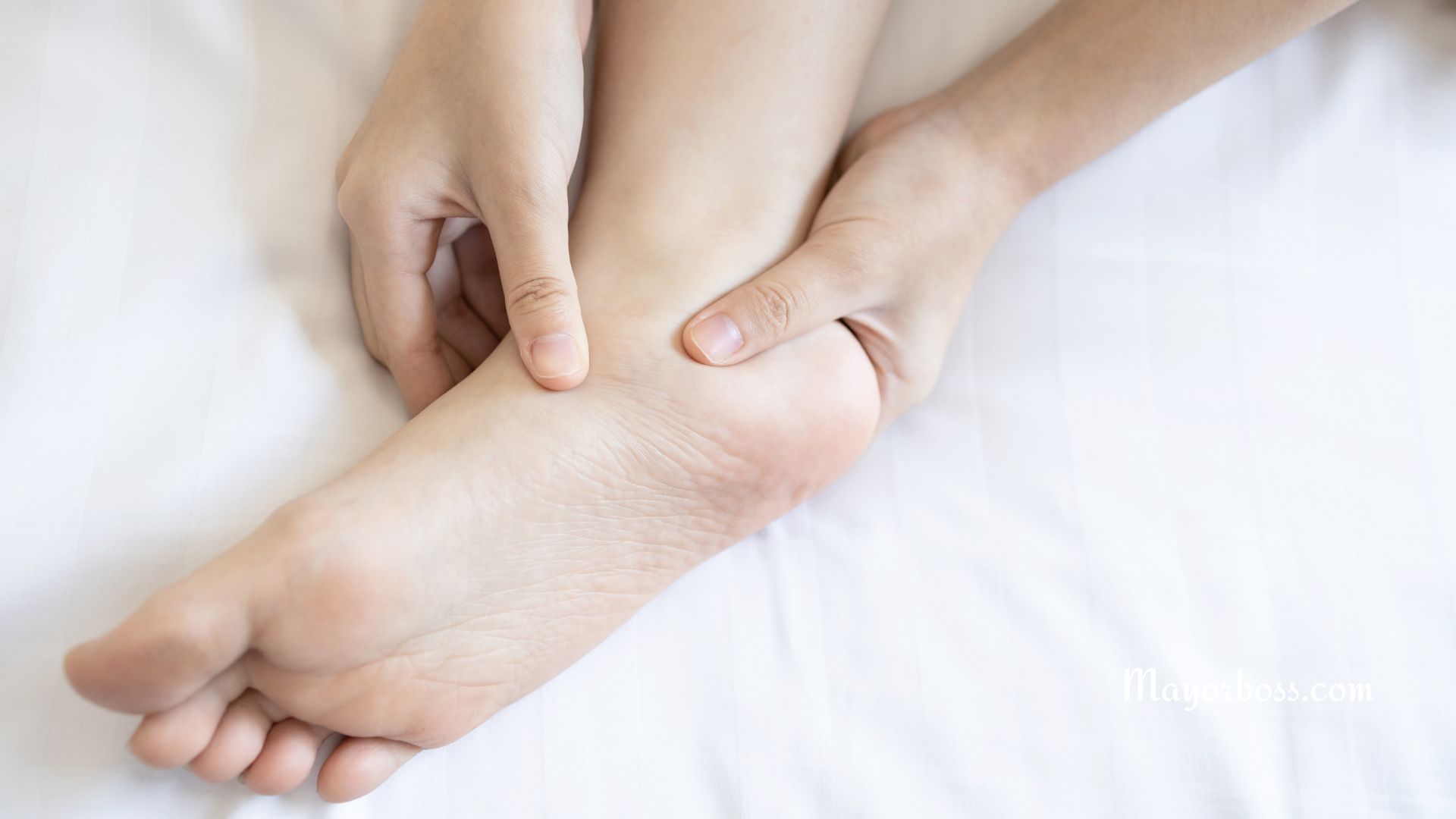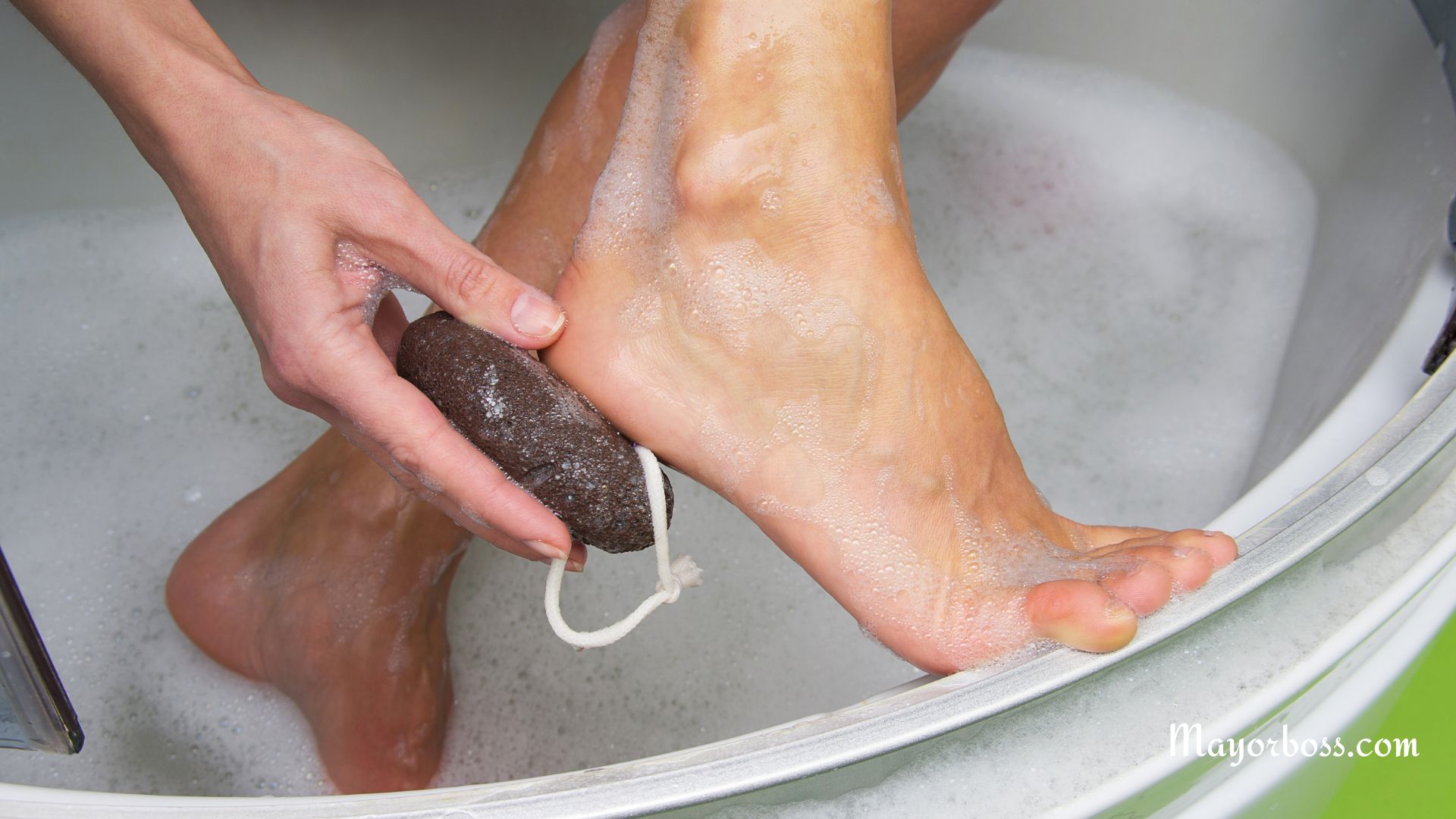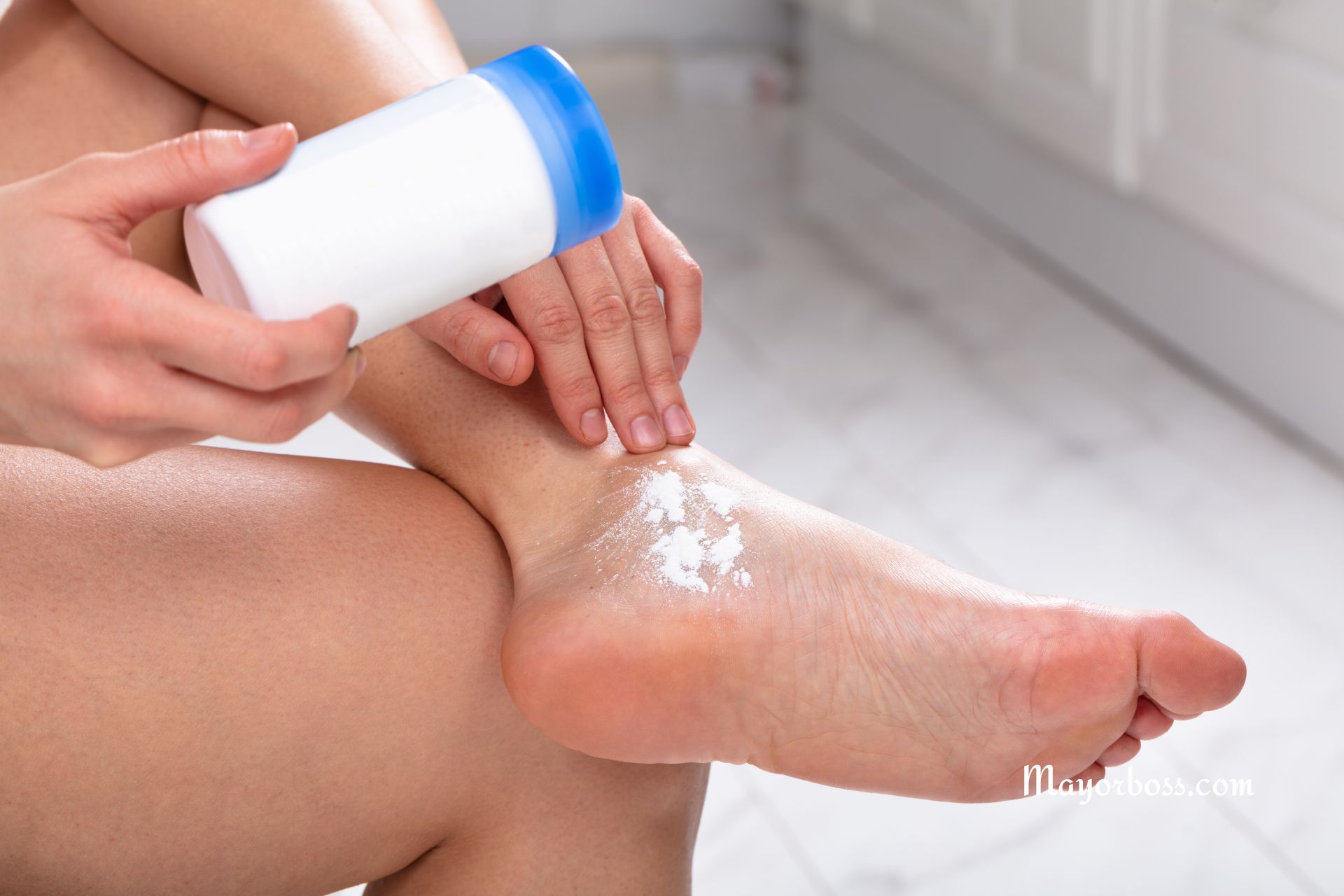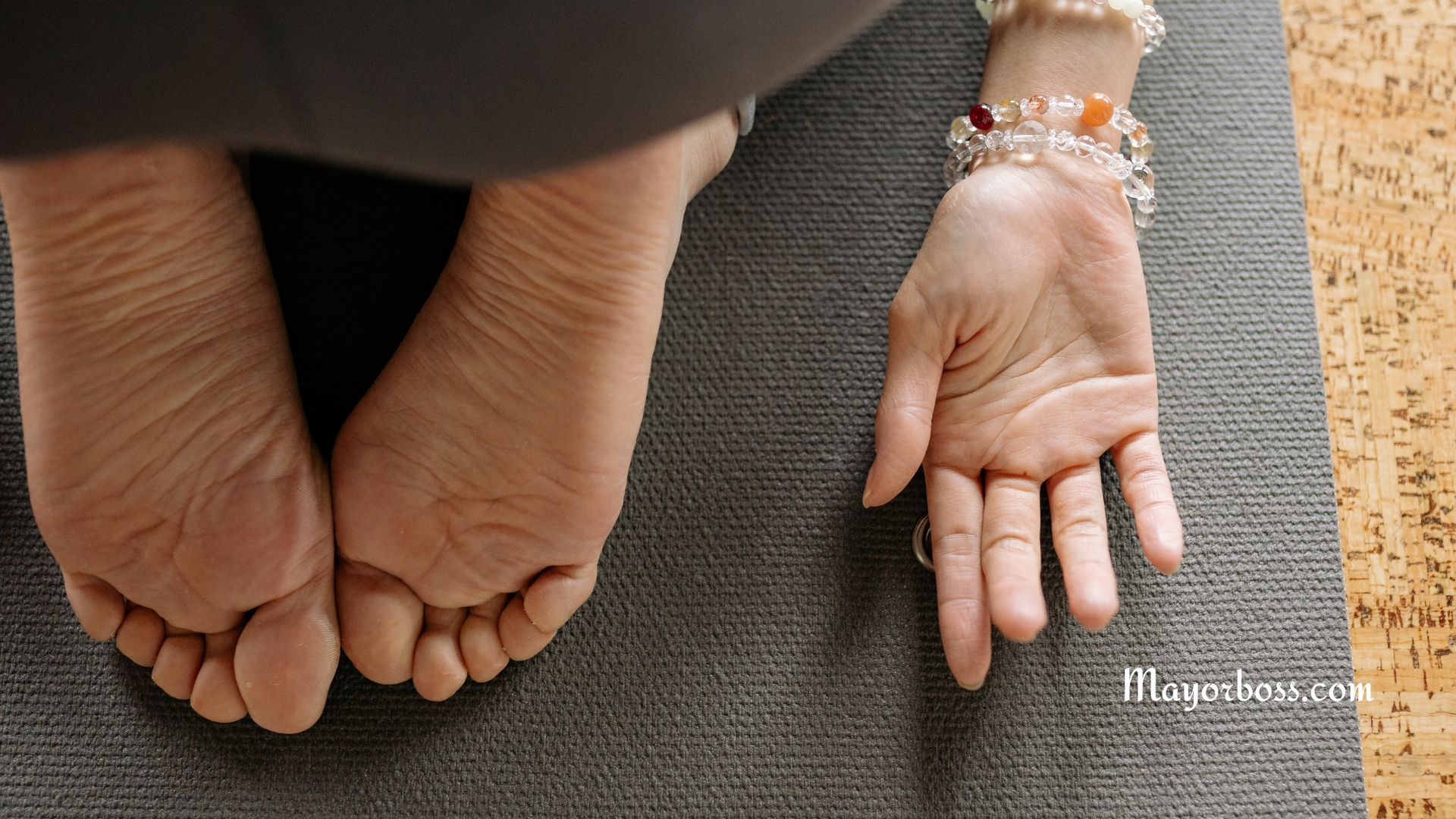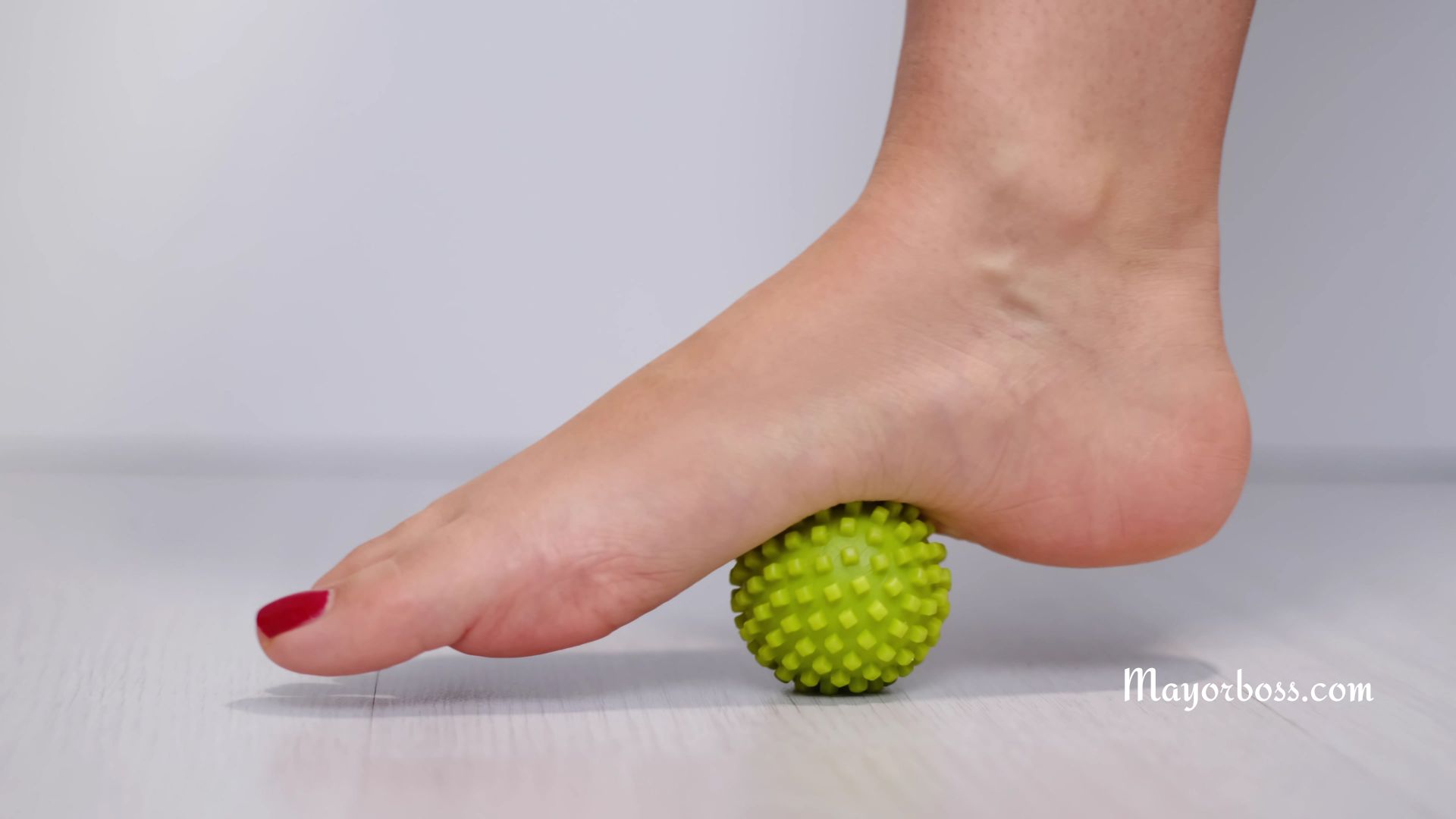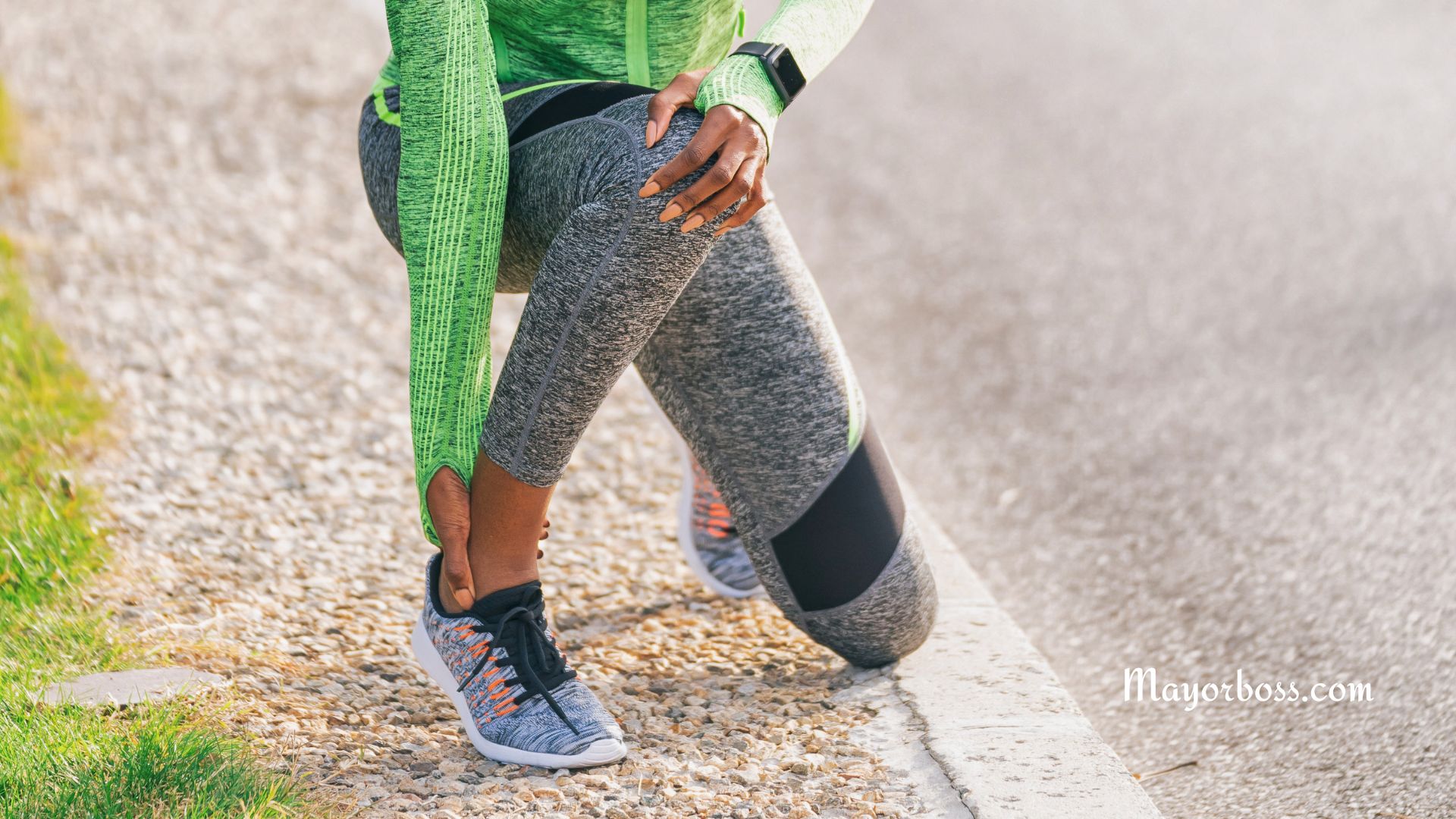Numb Toes After Wearing Heels: What’s Going On?
Summary: If you’ve ever experienced numb toes after a night out in heels, you’re not alone. While this may seem harmless, numbness in your toes could be a sign of underlying issues like poor circulation, nerve compression, or even a condition known as Morton’s neuroma.
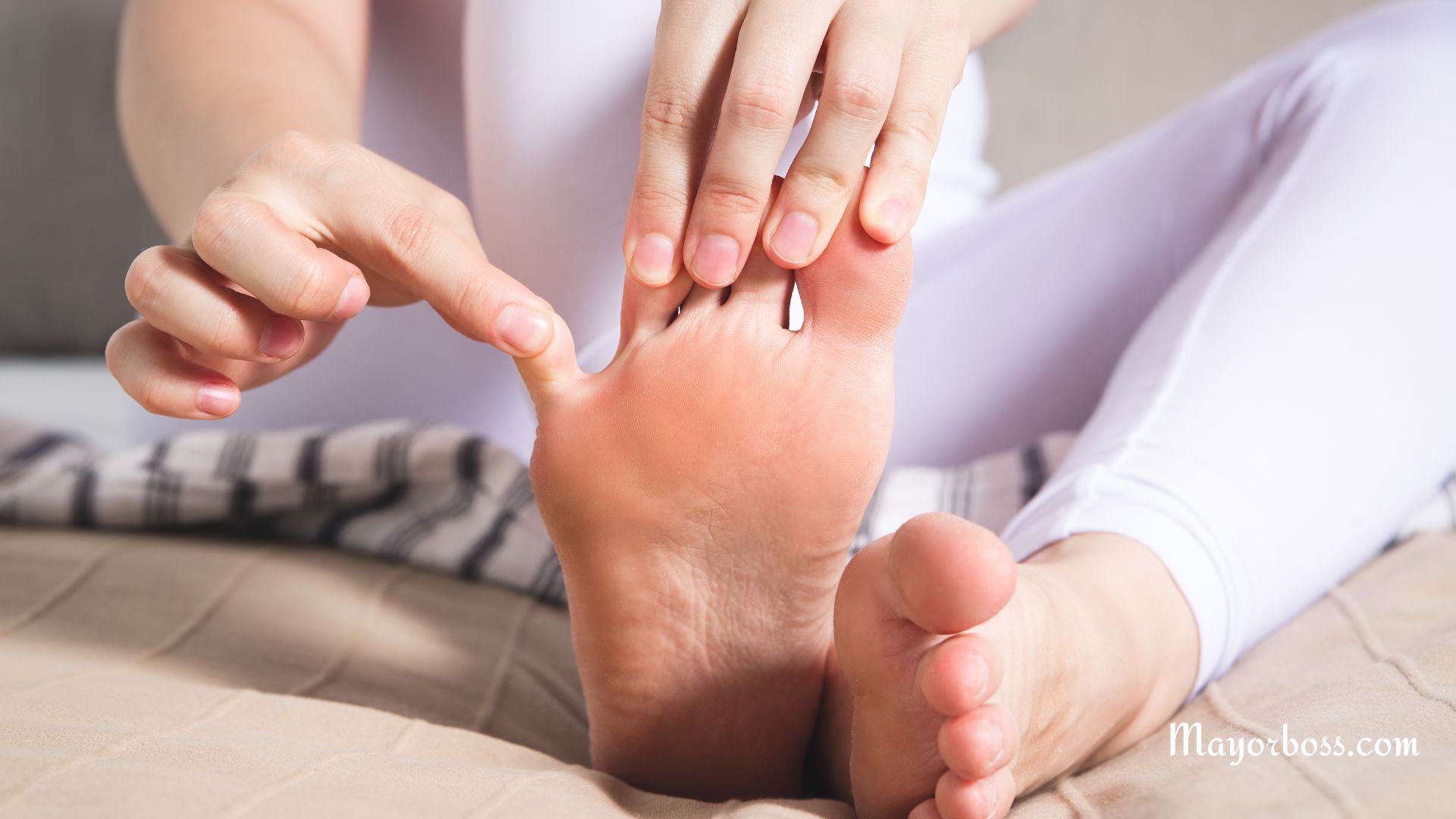
Why Do Toes Go Numb in Heels?
You slip on a pair of heels, and you’re feeling fabulous. Hours later, however, your toes start to feel numb. It’s a common experience for many heel-wearers. The primary reasons for this discomfort often include:
Pressure on Toes
When you wear heels, the natural shape of your foot changes. Your toes get squished into the narrow front of the shoe. This can compress nerves, causing numbness or tingling.
Poor Circulation
High heels may also affect blood flow in your legs and feet. Because of the elevated heel, your foot’s position can inhibit proper circulation. As a result, you may experience numbness.
Nerve Compression
In people with pre-existing conditions like diabetes or peripheral neuropathy, wearing heels can exacerbate symptoms. These conditions already affect your nerves, and the extra pressure from heels can make it worse.
Could It Be a Sign of a Bigger Problem?
While occasional numbness might not be a major concern, frequent episodes should grab your attention. Especially if you experience numbness regularly, you might be dealing with a more serious issue.
Morton’s Neuroma
In people with frequent numbness, Morton’s neuroma could be a consideration. This condition involves the thickening of the tissue around a nerve leading to your toes. If you’ve got this condition, you might also experience a burning sensation in your feet.
Metatarsalgia
Another condition you should be aware of is metatarsalgia. This involves inflammation in the ball of your foot. Apart from numbness, you might also experience sharp, aching pain.
What Can I Do About Numb Toes After Wearing Heels?
Don’t worry, you’re not doomed to a life of flat shoes just yet. However, some changes can help you avoid this uncomfortable situation.
Opt for Lower Heels
Switching to a lower heel can significantly reduce the pressure on your toes and the balls of your feet. Even a small reduction can make a big difference.
Use Padded Insoles
Padded insoles can provide extra cushioning, thus relieving pressure points and improving blood circulation. So, the next time you shop for heels, look for those with insoles or buy them separately.
Stretch and Exercise
Toe stretches and calf exercises can help improve blood circulation in your feet. Before you put on your heels, take a few minutes to stretch. It can prepare your feet for the pressure they’re about to endure.
Additional Remedies for Numb Toes
Foot Massage
The soothing power of a good foot massage! Not only does it feel heavenly, but it can also boost blood circulation in your feet. A massage helps relax tense muscles and alleviate pressure on the nerves. You can do this yourself or get a professional massage. Just make sure to focus on the toes and the balls of your feet to relieve numbness.
Soak Your Feet in Epsom Salts
Epsom salts are known for their magical soothing properties. A warm soak can help relieve tension in your muscles and improve blood flow. All you need to do is fill a basin with warm water and add a cup of Epsom salts. Soak your feet for about 15–20 minutes and feel the difference. This can be particularly helpful after a long day in heels.
Both foot massages and Epsom salt soaks are great ways to pamper your feet. They not only help alleviate numbness but can also prepare your feet for the next time you want to strut in those heels. Keep these remedies in your self-care routine, and you’ll find that those numb toes could become a thing of the past.
How to Prevent Numbness
Wondering how to enjoy your heels without the numbness? Here are some steps you can take:
Opt for Lower Heels
Switching to a lower heel can alleviate some of the pressure on your toes and improve circulation. As a rule of thumb, try to stick with heels that are 2 inches or shorter.
Choose the Right Size
Wearing shoes that are too small will obviously cause discomfort. On the other hand, shoes that are too big can lead to your feet sliding forward, creating pressure on your toes. So, always opt for the perfect fit.
Take Breaks
It’s a good idea to give your feet a break when you’re wearing heels for an extended period. Sit down, remove your shoes, and flex your feet for a few minutes.
Use Foot Pads
Inserting foot pads or cushions can provide extra support. These pads can reduce the pressure on the balls of your feet, which in turn minimizes the risk of numbness.
Medical Interventions
If you frequently experience numb toes even after taking preventive measures, consult a healthcare provider for a thorough examination. According to some studies, long-term numbness could indicate serious conditions like Morton’s neuroma or even arterial diseases.
Physical Therapy
Physical therapy may be recommended to strengthen your feet and improve posture. This can help alleviate symptoms.
Medication
Anti-inflammatory medication can sometimes be prescribed to relieve symptoms. However, this is generally a short-term solution and should be used cautiously.
Surgical Options
In severe cases, surgical intervention may be necessary to relieve nerve compression. This is typically a last resort and is used only when other treatments have failed.
So there you go, everything you need to know about why your toes might go numb after wearing heels and how you can prevent it. Always remember, the key to wearing heels comfortably is to prioritize foot health alongside style.
Further Reading: What Causes Toe Numbness and Tingling

